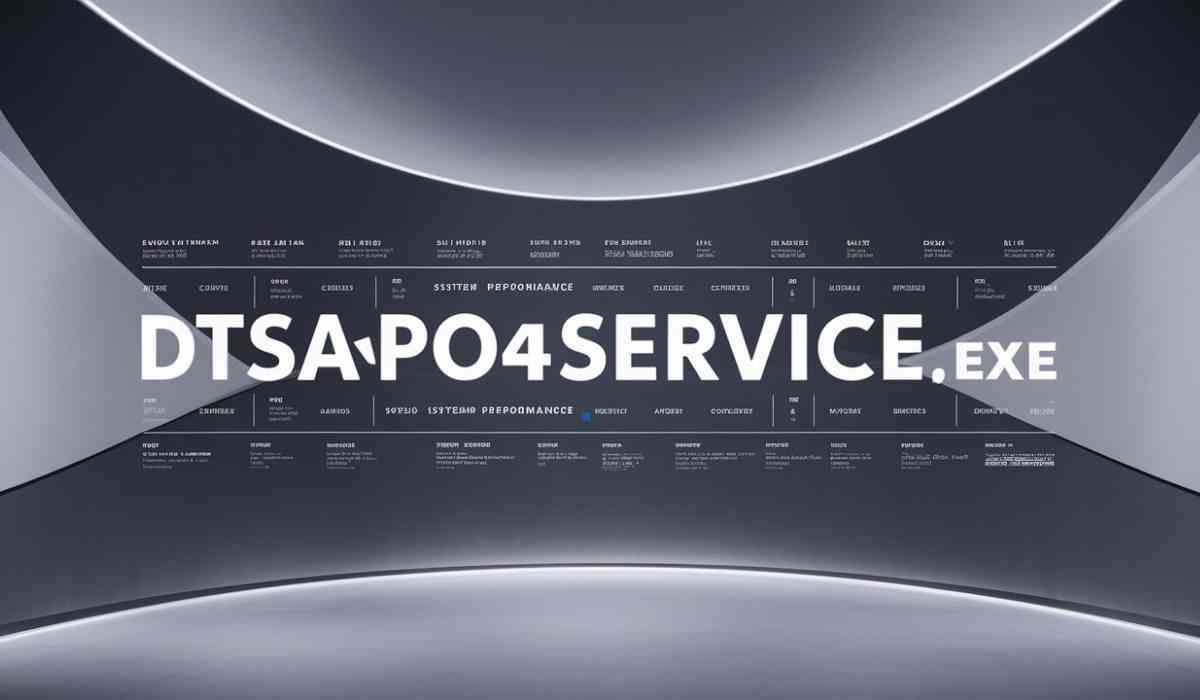In industries that rely on material handling and logistics, forklifts are indispensable. These machines power productivity in warehouses, construction sites, manufacturing plants, and distribution centers. But like all mechanical systems, forklifts require routine attention and care to function safely and efficiently over time.
Proper upkeep ensures not only operational reliability but also compliance with safety regulations, cost control, and performance longevity. That’s where preventive maintenance and timely inspections become essential. A robust forklift service strategy is the backbone of a safe and productive work environment.
This article explores the importance of consistent equipment care, outlines the components of a comprehensive forklift maintenance plan, and offers practical guidance on how to improve uptime, reduce costs, and extend the life of your fleet.
The Importance of Routine Forklift Maintenance
Forklifts operate in demanding environments. Daily use, variable loads, and rugged conditions expose them to significant wear and tear. Left unchecked, even minor mechanical issues can escalate into costly breakdowns or dangerous workplace incidents.
Implementing a structured maintenance routine provides multiple operational and financial advantages:
1. Minimizing Downtime
Unexpected equipment failure can halt entire production or logistics processes. Preventive maintenance identifies and resolves potential issues before they disrupt operations.
2. Enhancing Safety
Forklifts that are not well-maintained pose risks to operators and nearby workers. Regular inspections reduce the chances of brake failures, hydraulic leaks, tire blowouts, and other safety hazards.
3. Cost Control
Unplanned repairs and emergency service calls are more expensive than scheduled servicing. Routine checks help avoid major component failures, keeping repair costs predictable and manageable.
4. Extending Equipment Life
Just like with vehicles, regular care extends the functional lifespan of forklifts. This protects your capital investment and reduces the frequency of replacement purchases.
5. Regulatory Compliance
Health and safety regulations require that industrial equipment is maintained in good working order. Documentation from consistent maintenance can support regulatory audits and insurance claims.
Components of a Comprehensive Forklift Maintenance Plan
To be effective, forklift maintenance should go beyond occasional check-ups. A successful plan is structured, documented, and customized based on the make, model, age, and use of each unit.
1. Daily Pre-Operation Checks
These quick, daily inspections by the operator are your first line of defense against equipment problems. Key areas to check include:
- Fluid levels (oil, coolant, hydraulic fluid)
- Forks and mast condition
- Tire integrity and pressure
- Lights, horns, and warning devices
- Brakes and steering function
- Leaks or unusual noises
- Battery charge and condition (for electric forklifts)
Operators should be trained to document and report any issues before starting their shift.
2. Scheduled Preventive Maintenance (PM)
PM is carried out at regular intervals based on hours of operation or calendar time. Most manufacturers provide maintenance schedules that should be followed precisely.
Key PM tasks include:
- Oil and filter changes
- Hydraulic system checks and fluid replacement
- Battery maintenance and water level checks (for electrics)
- Brake inspection and adjustment
- Mast and chain lubrication
- Air and fuel filter replacement
- Safety system verification
Following these intervals ensures that parts are serviced before they fail, and keeps equipment running efficiently.
3. Comprehensive Annual Inspections
These are more in-depth evaluations conducted by trained technicians. They often involve disassembly, replacement of worn components, and alignment checks.
Annual inspections typically include:
- Structural integrity assessment
- Engine or motor performance testing
- Steering system overhaul
- Exhaust or emissions checks
- Detailed safety feature analysis
These inspections ensure your forklifts are in optimal working condition and meet compliance standards.
Signs That Your Forklift Needs Immediate Service
Even with routine care, issues can sometimes develop between service intervals. Being aware of warning signs can prevent minor problems from turning into major failures.
Watch for:
- Unusual engine noises or vibrations
- Sluggish lifting or tilting functions
- Frequent stalling or battery drainage
- Difficulty steering or inconsistent braking
- Leaking fluids around the mast or engine
- Visible damage or cracks in forks or attachments
Any of these signs warrant immediate attention from a qualified technician. Early intervention not only improves safety but also minimizes repair costs.
Choosing the Right Service Provider
Selecting a reliable partner for forklift service is just as important as the maintenance itself. Whether you’re servicing a single unit or managing a full fleet, the quality of support you receive can impact your operational efficiency.
What to Look For:
- Certified Technicians
Ensure technicians are trained and certified to service your forklift’s specific brand and model. Proper qualifications ensure the job is done right the first time. - On-Site Support
Mobile service units reduce downtime by performing maintenance and repairs directly at your facility. - Fast Response Time
When issues arise, speed matters. Choose a provider that offers rapid emergency service and flexible scheduling. - Parts Availability
An extensive parts inventory reduces delays and helps get your equipment back into operation quickly. - Maintenance Contracts
Long-term service agreements offer peace of mind, consistent scheduling, and cost savings through bundled service packages. - Detailed Reporting
Documentation of each service visit helps track equipment history and supports compliance with safety regulations.
In-House vs. Outsourced Maintenance
There are pros and cons to both approaches, and the best choice often depends on your fleet size and internal resources.
In-House Maintenance
Pros:
- Immediate availability of technicians
- Direct control over service schedules
- Familiarity with the working environment
Cons:
- Higher upfront investment in tools and training
- Limited expertise on certain models
- May not be feasible for smaller fleets
Outsourced Maintenance
Pros:
- Access to experienced, brand-certified technicians
- Predictable service costs through contracts
- Reduced staffing and training burden
Cons:
- Reliance on external scheduling
- Potential delays in emergency situations (if provider is overbooked)
Many companies adopt a hybrid model—handling daily inspections and minor servicing in-house while outsourcing major maintenance and inspections.
Creating a Maintenance Culture
Even the best equipment and service plans fall short if the workplace culture doesn’t support them. Maintenance must be part of daily operations, not an afterthought.
Key Tips:
- Train Operators: Every forklift operator should know how to perform daily checks and report issues promptly.
- Reward Vigilance: Recognize employees who identify issues early or help prevent breakdowns.
- Keep Records: Maintain digital or physical logs for every piece of equipment, tracking maintenance dates, findings, and repairs.
- Audit Regularly: Review service logs, costs, and breakdown frequency to identify areas for improvement.
- Schedule Strategically: Align service intervals with production downtime to avoid disruption.
A proactive, team-wide commitment to maintenance reduces risk, saves money, and ensures equipment is always ready when you need it.
Integrating Technology into Maintenance Programs
Modern fleet management increasingly involves technology, from scheduling software to data-driven diagnostics. Here’s how tech can support your forklift service efforts:
- Telematics Systems: Monitor performance, usage, and fault codes in real-time.
- Mobile Apps: Allow operators to complete inspections and submit reports via smartphone or tablet.
- Automated Scheduling: Software can trigger maintenance reminders based on hours logged or calendar intervals.
- Data Analytics: Identify usage patterns and forecast equipment needs or potential failures before they happen.
These innovations streamline record-keeping, improve efficiency, and give managers greater visibility into fleet health.
Conclusion
Proper forklift maintenance is not optional—it’s a business necessity. A well-structured forklift service strategy ensures safe operations, reduces costs, and keeps your equipment running at peak performance. Whether you manage a single forklift or an entire fleet, committing to preventive care and working with qualified service providers pays off in the long run.
Investing in regular maintenance, operator training, and detailed record-keeping builds a foundation for operational excellence. In a competitive market, reliable equipment isn’t just an asset—it’s a strategic advantage.









